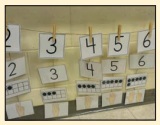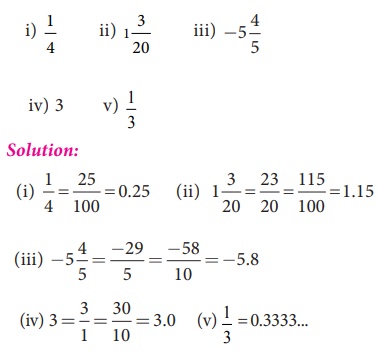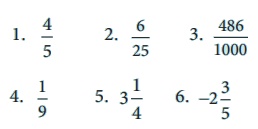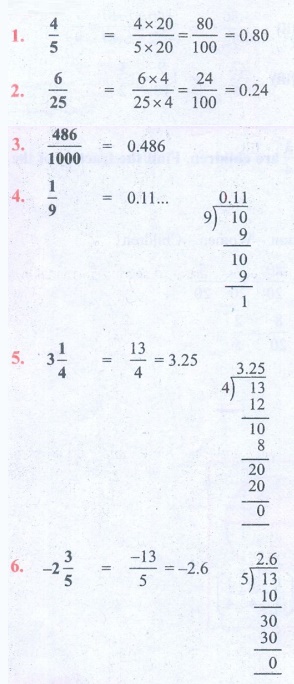Numbers | Chapter 1 | 8th Maths - Decimal representation of a rational number | 8th Maths : Chapter 1 : Numbers
Chapter: 8th Maths : Chapter 1 : Numbers
Decimal representation of a rational number
Decimal representation of a rational number
A rational
number can be nicely represented in decimal form rather than in the usual fractional
form. Given a rational number in the form a/b
(b
≠ 0), just divide the numerator a by the denominator b and we can see that it can be expressed as a terminating or non-terminating,
recurring decimal.
Activity
Use a string as a number line and fix it on the wall, for the length
of the class room. Just mark the integers spaciously and ask the students to pick
the rational number cards from a box and fix it roughly at the right place on the
number line string. This can be played between teams and the team which fixes more
number of cards correctly (by marking) will be the winner.

Example 1.1
Write the
decimal forms of the following rational numbers:

(by actual division and it is recurring
and non-terminating)
Note
The above examples show how a rational number may be given in decimal
form. The reverse process
of converting the decimal form of a rational number to the fractional form may be
seen in the higher classes.
There are decimal numbers which are non-terminating and non-recurring
such as
π = 3.141592653589793238462643…..
√2 = 1.41421356237309504880168……. etc.
They are not rational numbers and one can study more about them in
the higher classes.
Try these
Write the decimal forms of the following rational numbers:

Solution:

1. 4/5 = [4 × 20] / [5 × 20] = 80 / 100 = 0.80
2. 6/25 = [6 × 4] / [25 × 4] = 24 / 10 = 0.24
3. 486/1000 = 0.486
Related Topics